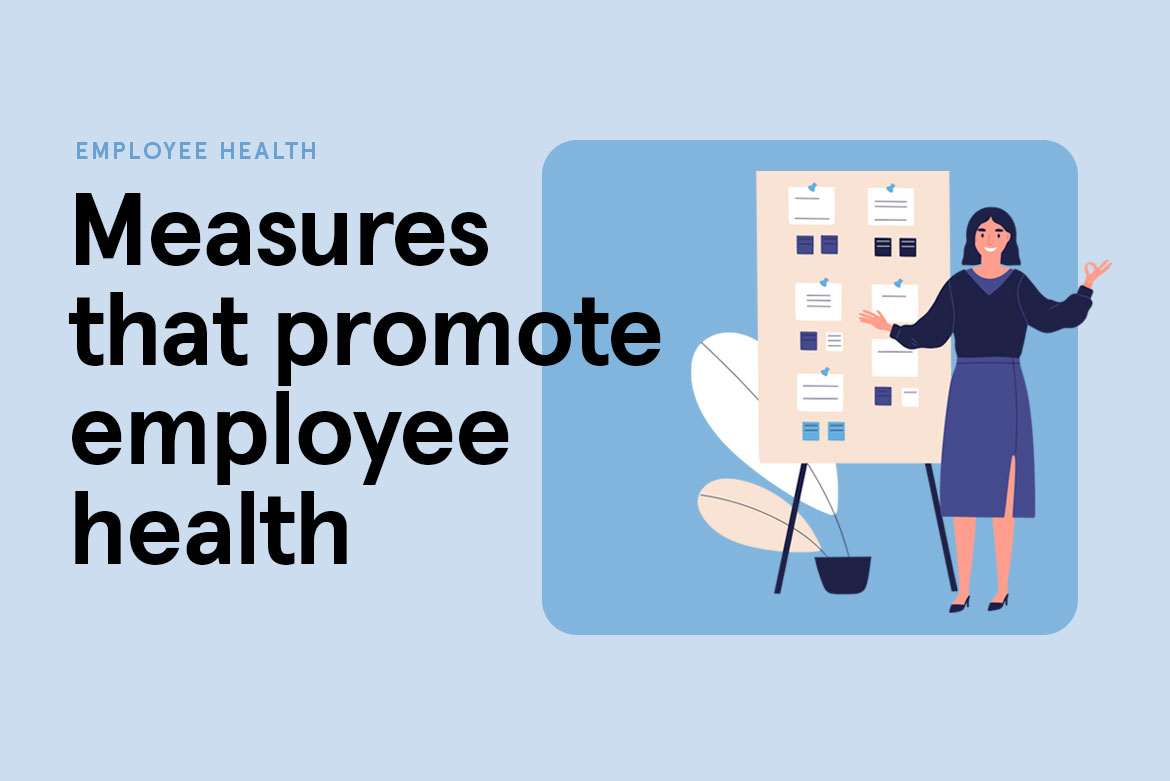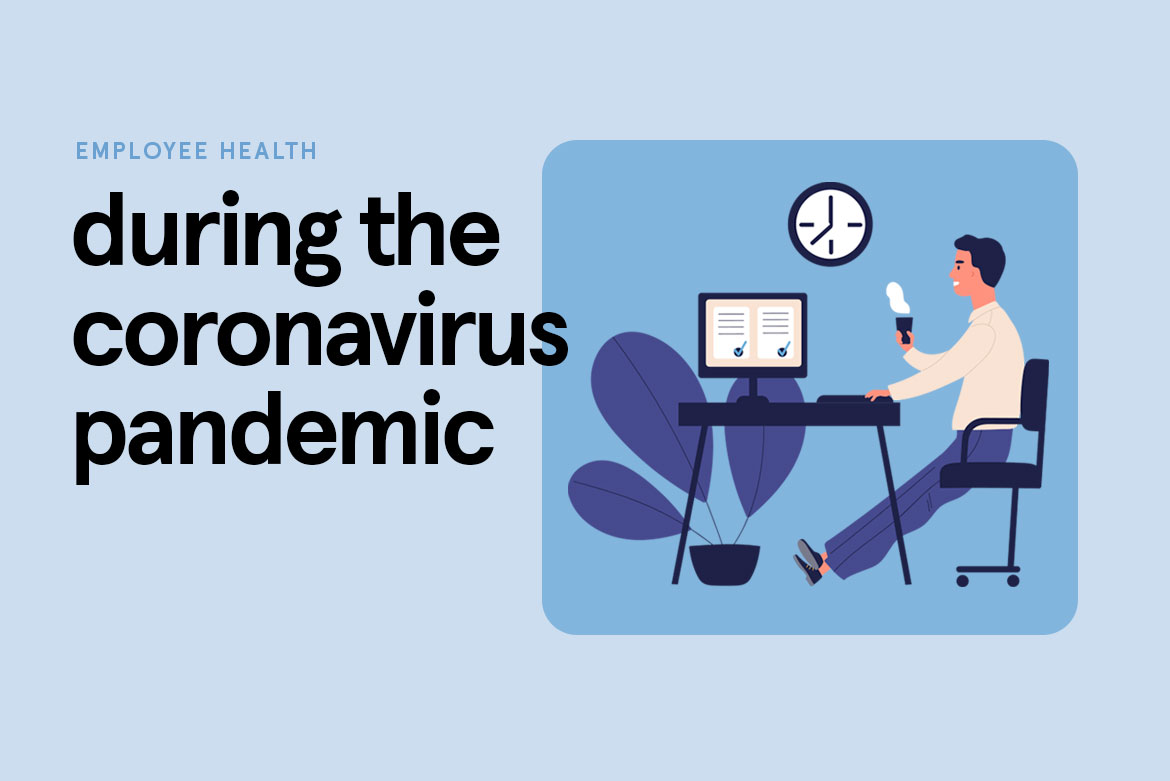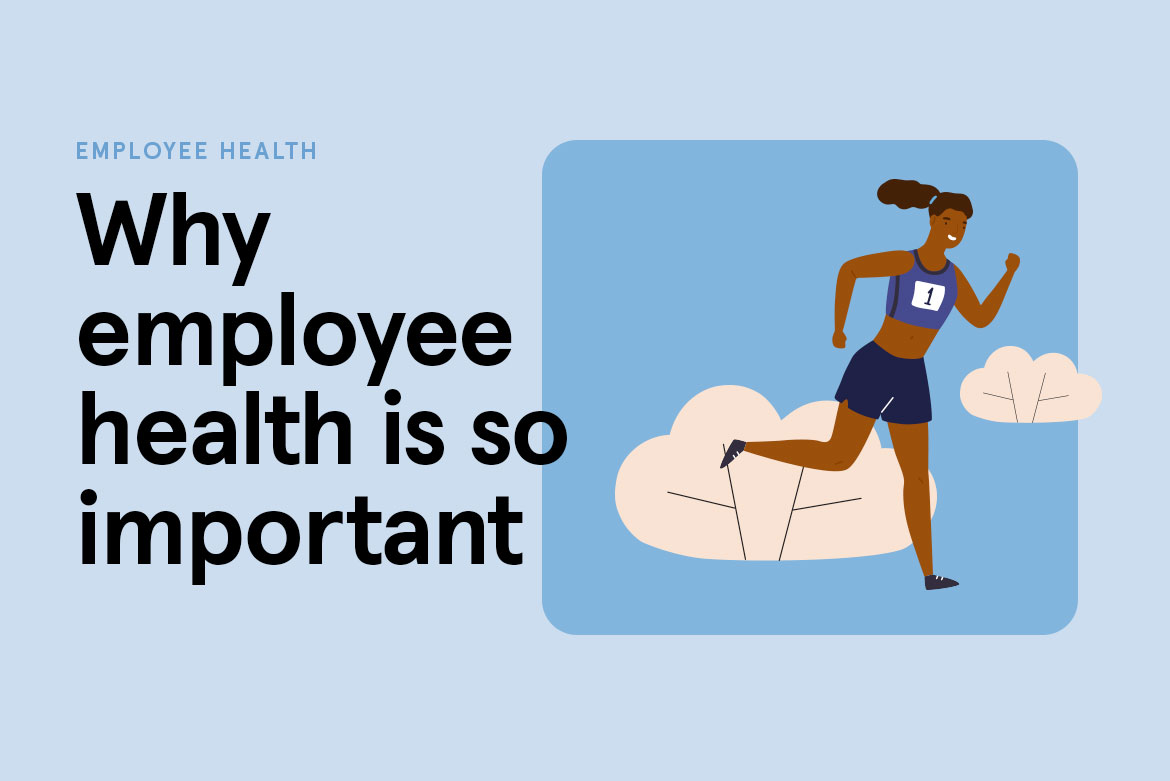Measures to promote employee health are no longer a nice bonus that companies offer. Rather, these initiatives have become important building blocks for employee satisfaction and loyalty – both internally and externally.
But what do employee health best practices actually look like in real companies? And what can you learn from them to benefit your company?
Below, we’ve compiled a list of companies across industry and size whose best practices we can all learn from. The first two were among the top-rated employers in Germany in 2021 – selected from over 600 companies by the Great Place to Work Research and Consulting Institute.
Use this guide as a source of inspiration. Keep in mind that you don’t have to implement everything exactly the same way they do. Instead, think about how you can adapt the approaches you see here to fit your unique company.
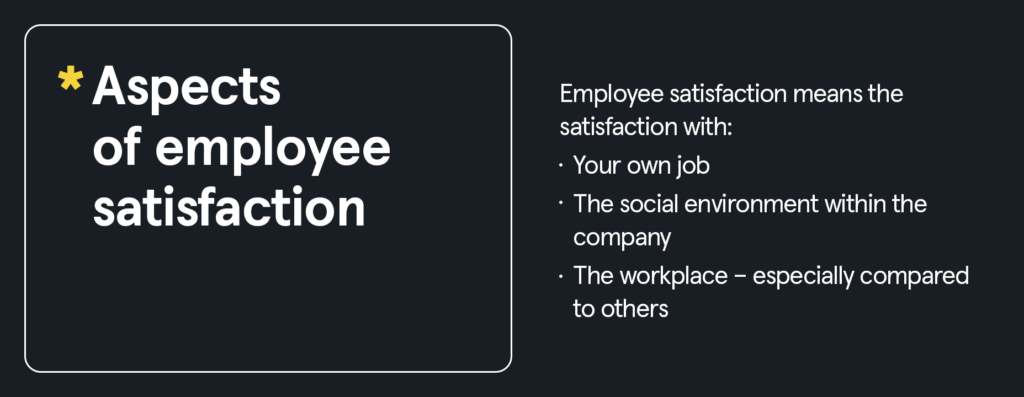
Best practices for small companies of up to 100 people
Faktor Zehn GmbH – Versicherungs-IT: This company shows that an employee-oriented corporate culture is imperative for employee health and wellbeing. Here are some initiatives that they’ve put in place:
- Recognition: A culture of open feedback and trustful interactions are central components of this company, which prizes unity and togetherness. Employees are actively involved in important processes and can help shape them in a variety of ways. Among other things, regular check-ins and meetings on current topics provide a forum for direct feedback to management.
- Working from home and work-life balance: Here, flexible working hours ensure a better work-life balance and give employees flexibility and freedom.
- Professional development: Employees can choose from over 130 training courses each year in the areas of processes, methods and technologies. In addition, they help employees find research projects, seek out opportunities to participate in trade fairs and aid them in completing certifications.
- Nutrition: Fresh fruit and free drinks provide a healthy nutritional foundation and improve employee satisfaction.
- Sports: Once a month, the company’s own sports club organizes a variety of team sports, such as water skiing, CrossFit or bowling. In addition, after their probation period, employees can choose their own company bicycle.
- Social cohesion: Employees meet for joint cooking events in the company kitchens, and once a month for team sports. In addition, regular events such as barbecues and game nights, and four-day-long summer events in European cities strengthen team unity.
- Workplace design: Height-adjustable desks, ergonomic seats and a computer mouse that’s easy on the wrist all score points here for combating tension.
Best practices for mid-sized companies with up to 500 employees
Metafinanz: Business consulting – 400 employees
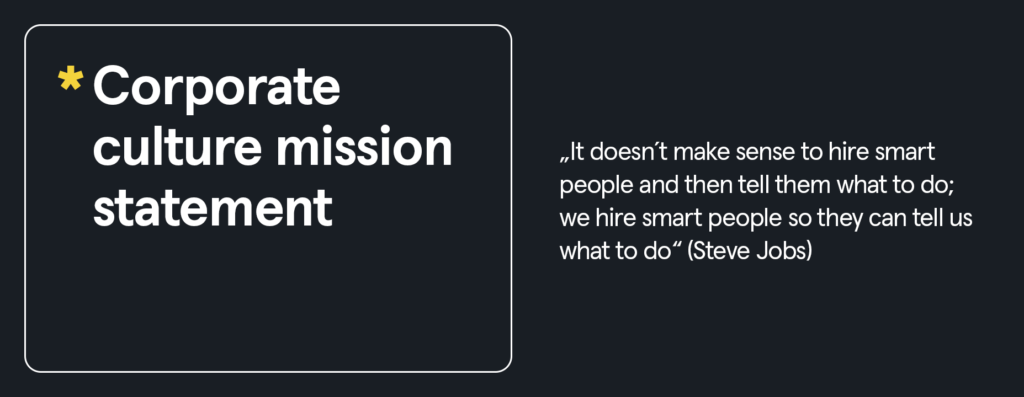
As an established market player, this mid-sized company brings a startup mentality to its business and supports its employee health in these ways:
- Recognition: Employees are recognized from the start in the form of a new-employee welcome day – during which they are assigned a mentor. The company focuses on self-organization, agility and encouragement to help shape it – even the CEO sits next to a junior consultant. They also champion diversity, believing that different perspectives enrich everyone’s experience. Lastly, long-term employment vouchers are dispersed as a show of appreciation.
- Opportunities for development: Here, permanent learning is the goal. Employees receive on-the-job training through targeted support measures such as talent programs, personal development offers and coaching. The company helps identify individual requirements for further development, and employees decide for themselves on the speed and scope of these measures.
- Remote work and a good work-life balance: Working from home, flexible working hours and part-time models are the standard, as are sabbaticals and company pension schemes.
- Nutrition: Free organic fruit and drinks contribute to a healthy diet. In addition, employees receive lunch money that can be used as desired.
- Sports and other health initiatives: Employees can book consultations for their individual health plans. There are also monthly sports events, such as spinning marathons or joint skiing and cycling tours. Employees can also lease bikes as part of the program.
- Prevention: Health presentations help raise awareness among those who don’t partake in other employee health measures.
- Social cohesion: Team building takes place at monthly sports events, company outings and lectures.
- Workplace design: Height-adjustable desks support good posture and prevent tension.
Best practices for large companies over 5,000 employees
PUMA – Sportswear
You’re likely familiar with PUMA. But what you might not be aware of is that PUMA has been recognized as a Top National Employer every year from 2016 to 2021 by Focus magazine and the employer rating portal kununu.
Here are some of the employee health measures that make working at PUMA so great:
Recognition: PUMA is committed to diversity and inclusion, and encourages people to bring their personality with them to work. The open corporate culture is based on clear values like “be yourself!”. In addition, employee wellbeing is anchored in the corporate strategy. There are also regular discussions and employee surveys – both internally and externally – on how to improve the working environment.
Sports: As you might imagine, sports offers are part of PUMA’s DNA. Yoga, jumping, fitness, body toning and numerous other classes are part of their program, as is free access to the gym – and to soccer, basketball, beach volleyball and tennis courts.
Personal development and digital offers: The PUMA Home Academy is a global professional development platform featuring the categories “Wellbeing”, “Learning” and “Engagement”. Here, employees can find online yoga and other sports classes, tips and recipes for healthy eating, and ideas for engaging children.
Work-life balance: Flexi-time goes without saying at PUMA, as do remote and part-time work. Employees in Germany also benefit from free counseling and placement services, parent-child work spaces, childcare facilities, and summer vacation camps. In 2020, home office employees also had access to virtual childcare in the form of online courses during the vacations.
Relaxation: Meditation and other mindfulness techniques are fixed offers here, both on-site and online.
Nutrition: In addition to fresh, regional, organic meals in the company cafeteria, there are free fruit baskets and water bottles, health weeks, nutritional counseling, and much more.
Social cohesion: Employee bonding is encouraged through regular get-togethers in the cafeteria and common areas, as well as at barbecues and other company events. Employees can also socialize at celebrations and projects in the communities where PUMA operates.
Interior design: PUMA’s Room of Silence is available for employees to meditate, pray or relax.
Prevention: Regular “Be-well Weeks” cover nutrition, health checks, and the latest exercise and sports trends, among other topics.
Conclusion
Employee health measures are more than a fad. They’re essential – and they’re here to stay. What’s more, employee health initiatives are now expected by employees and top talent. In particular, showing recognition is a central element across industries. By showing appreciation, you motivate employees and encourage them to contribute. Since the onset of the COVID-19 pandemic, home office options and flexible working should become the standard, provided the nature of the job doesn’t require physical presence. Make use of your employees’ creativity – they are, after all, a valuable resource.



